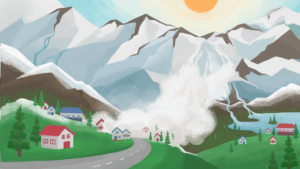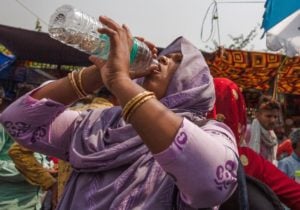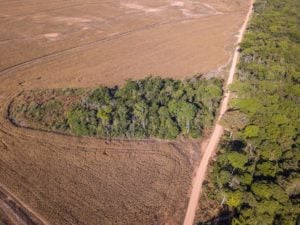The announcement from India’s key scientific agency in February this year that it had found “inferred sources” of 5.9 million tonnes of lithium reserves brought little cheer to the people living in the Reasi district of Jammu and Kashmir. The government has already started taking steps to facilitate mining the precious ore in this district, and its residents, whose key source of income is agriculture, fear lithium mining will result in the loss of lands and livelihoods.
Those living in the underdeveloped district have only ever experienced negative environmental impacts from large infrastructure projects, such as the Salal hydropower project, according to residents who spoke with The Third Pole.
Lithium is an important but fairly rare mineral, necessary for the production of lithium-ion batteries which are critical to the current generation of electric vehicles.
According to the US Geological Survey, there are only 98 million tonnes of lithium reserves in the world – not counting India’s possible reserves.
If the 5.9 million tonnes inferred by the Geological Survey of India turns out to be correct, it would mean India has the 8th largest lithium reserves in the world.
Ravi Das, a 47-year-old man from the village of Salal in Reasi district fears losing his farmland. “My whole livelihood depends on [my land], but if mining starts, it will be taken away, and I will be helpless,” he tells The Third Pole. “Also the land of many others will be taken. We will have to face consequences due to the environmental fallout … I will be left with nothing.”
The government acquired part of Das’ family’s land for the Salal hydropower dam project in the early 1970s when he was a child, but he recalls that the compensation was very small. When The Third Pole asked officials about the compensation amounts and policies, they refused to share any details. Residents say the dam project led to deforestation, the cutting of hills and roads, and the destruction of several houses after they developed cracks in their walls.
Commissioned in 1987, the dam’s reservoir began silting up within a year. This aggravated the impact of two major floods in 1988 and 1992, the latter of which washed away two bridges that had provided much needed connectivity in the region. The floods not only impacted the dam project, but also forced many residents to move from Salal to other parts of the district.
42-year-old Kartar Nath recalls how cracks began to appear in the walls of several houses in Salal about 15 years ago. Locals suggested that it was the result of dam construction, but no official investigation was conducted. Officials at the dam refused to discuss the issue with The Third Pole when approached, and suggested we approach the Indian government. Maheshwar Singh, another resident of Salal, says that residents did not know how to approach the authorities for compensation. The villagers, therefore, paid for repairs themselves.
“Now, after hearing about lithium, I have to think about what our future will be and where we are supposed to go. If I have to move out from here, then I have to start from scratch because I do not have any other income besides [what I get from] this small shop,” Nath says.
Water crisis in Reasi
Ravi Das also says that many villages in Reasi are struggling to access enough water, after perennial streams dried up following the construction of the Chenab Rail Bridge, the highest railway bridge in the world. “Most of the villages depend on drinking water from these resources because we do not have pipe connections to our houses. Either water tankers come, or we have to travel to nearer streams or springs for collecting water in pots,” he says.
Construction of the bridge by government owned Northern Railway started in 2004, and is likely to be completed by December 2023 after a series of delays. In 2015, the construction of a 6 km-long railway tunnel between Gram Morh, Reasi and Bakkal led to road cutting and deforestation. A once-gushing stream, Anji, dried up, leaving five villages (Ser Meghan, Sarhanapura, Bakkal, Ser Sondhawan and Bladda) without water.
According to Saraf Singh Nag, Reasi’s district development council chairman and a former Kashmir administrative service officer, “There are 13 underground tunnels constructed by the railway department between Katra town and Sawalakot village in the district. Due to underground activities carried out by the railways to construct these tunnels, the five villages are facing a huge water crisis as all the groundwater sources have either started drying up or have been polluted due to seepage of chemicals from the tubes. Even groundwater has depleted to 60% in the last seven years, forcing the people to depend on the water tankers. Now, 90% of the villages are being provided water using lift irrigation, while other villages are being provided water using gravitational sources.”
Northern Railway declined The Third Pole’s request to comment on these issues, but did acknowledge they are providing water tankers to affected villages to meet some of the residents’ water needs.
In five villages in the region where traditional water flour mills used to operate, all the mills’ owners have shut their businesses due to the water crisis. Former mill workers have either started doing manual labour, or are left unemployed.
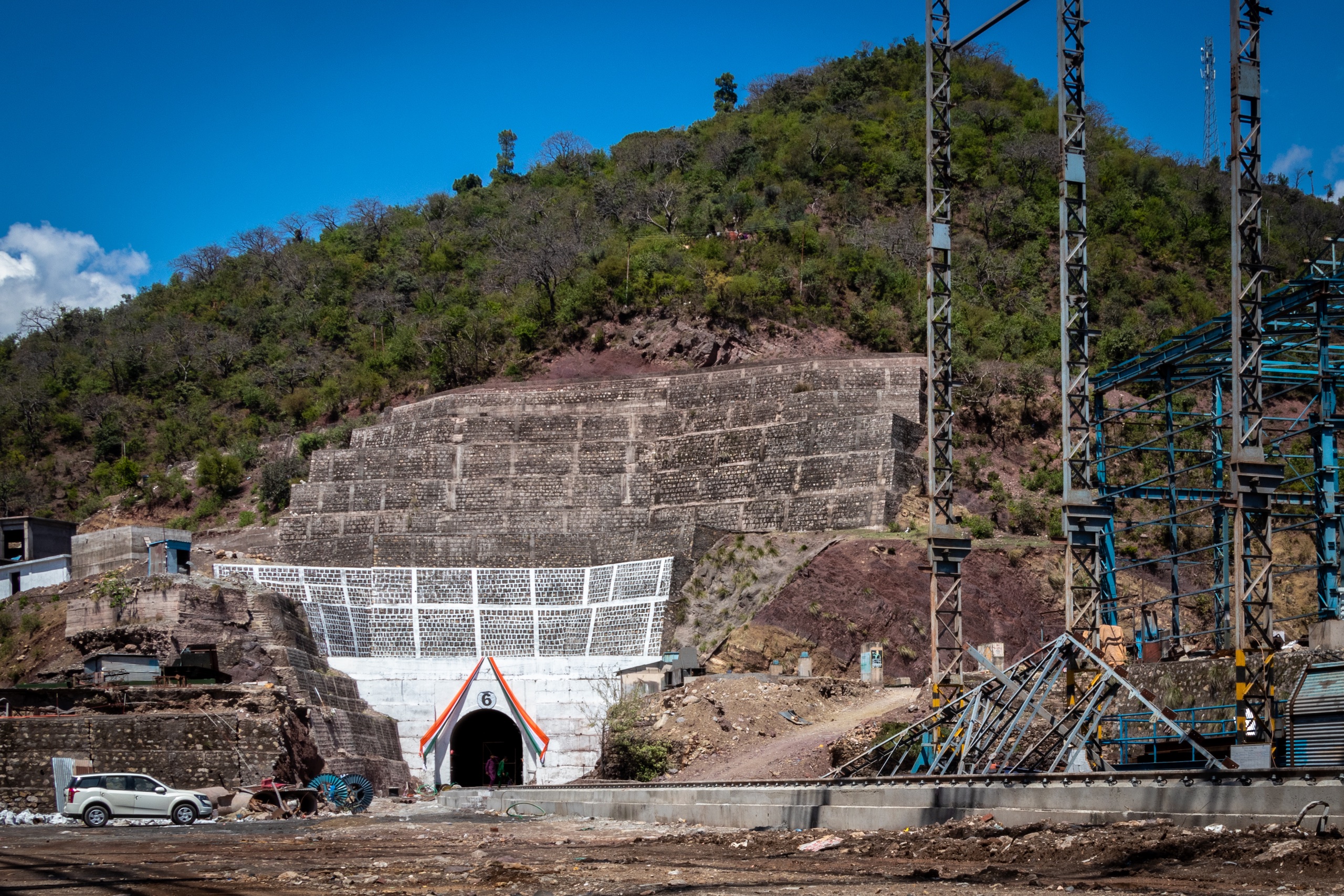

Residents who spoke with The Third Pole claim that they have approached various departments, officials and ministers for help, but received none. Nag says that when the Union Railway Minister, Ashwini Vaishnaw, visited Reasi in December 2021, he “was informed about the depletion of water sources, and the residents shared their concerns”.
Nag told The Third Pole that after the visit, Vaishnaw asked a team from Water and Power Consultancy Services Limited (WAPCOS) – a Government of India enterprise – to undertake a detailed scientific study. There is no public information about this study, its scope, composition, or conclusions. According to Nag, “The team visited only Bakkal village … and due to miscommunication between the residents and the team, the team concluded the report by saying that the water crisis is in one village only and not in other villages. After the report, surprisingly, a water supply scheme was announced for Bakkal but not for the other affected villages.”
Nag is also concerned about the inappropriate dumping of debris generated from the hill and road cutting related to the bridge construction. “As per the rules, the engineering project has a dumping site to dump the debris. But during the construction of the Chenab Rail Bridge, the debris was thrown directly into the Chenab River, resulting in its contamination and making it unusable for any activity … We approached the railways, but again, the issue raised was ignored by them, which is very disturbing and alarming,” says Nag. When asked about this by The Third Pole, Northern Railways refused to comment.
We consume contaminated water. If there is a breakout of a disease, then who will be responsible? Whoever we will approach, nobody is here to listenUsha Devi, resident of Arnas village in Reasi
Pointing towards the Chenab River, which can be seen from her house, Usha Devi, a 39-year-old from Arnas village in Reasi says: “The deposits of construction material have been mixed up with the Chenab River and its tributaries. We consume the same water for drinking and use it for household purposes. We consume contaminated water – if there is a breakout of a disease, then who will be responsible? Whoever we will approach, nobody is here to listen to us, and that will be another reason for dislocation.”
Long-term impact of lithium mining
The environmental costs of extracting lithium can be significant, as the activity requires large quantities of water, and results in air and water pollution. The energy-intensive mining processes also result in high carbon dioxide emissions, and produce massive mineral waste.
According to a 2018 report by Wired, it takes almost 2 million litres of water to produce one tonne of lithium, and lithium mining in the Salar de Atacama region of Chile consumed “65% of the region’s water.”
Ghulam Ahmad Jeelani, a geologist from Srinagar in Kashmir, tells The Third Pole: “Mining companies have to consider the ill-effects [of lithium] and not destroy the ecosystem. There are new technologies available, but it is most important to consider strict environmental and rehabilitation policies to ensure that the mined area is not impacted.”
Sunil Abrol, a 55-year-old store owner from Arnas in Reasi, fears the impact of lithium mining on the region’s vegetation.
“We have limited opportunities and do not have much access to markets within the region as well as with other states,” he explained. The negative impacts of mining will destroy what limited opportunities they have, he fears.
Vaishali Devi, a 16-year-old school student from Kotli village in Reasi fears being displaced after mining starts. “Our home will be taken away from us, and not only my home but my school will be taken away from me as well,” she says. “I cannot live far away from my roots, and I do not want to live with memories and without friends.”
Pritam Singh, a 55-year-old village head in Salal, is concerned about the future of the village’s residents. “People are apprehensive and insecure after the discovery as they fear displacement. We are demanding proper rehabilitation for the residents. If the residents are given compensation for their land, how long will that money last? So, proper rehabilitation is a must.”
Singh says residents were initially happy when the lithium discovery was in the news. “But later on, once they realised the long-term implications of mining on them and the ecosystem, they developed apprehensions and were worried. Considering the impacts of the other two infrastructure projects, the residents are continuously asking me what will be their future, what the government has decided, and what the local administration is doing for them if they have to be displaced.”
“We are trying our best and approaching the administration and raising the concerns of the residents in front of them. We will not let the hopes of the residents die and let them suffer. If mining is going to happen, then the government has to provide proper rehabilitation, and we are demanding the same,” Singh adds.
Qasim Ahmad, an environmentalist based in Srinagar, says lithium mining has long-term consequences which can lead to “both human and ecological damage”. He points to depletion of water, ground destabilisation, soil erosion, air and water pollution, and loss of biodiversity among the impacts. He also says mining can lead to water bodies become more saline, making the water non-consumable and unsafe for use.
“To safeguard the ecology and the residents of the district, the government, as well as mining companies, have to prioritise sustainable and profitable practices so that the district is not affected due to the long-term implications of mining,” Ahmad says.
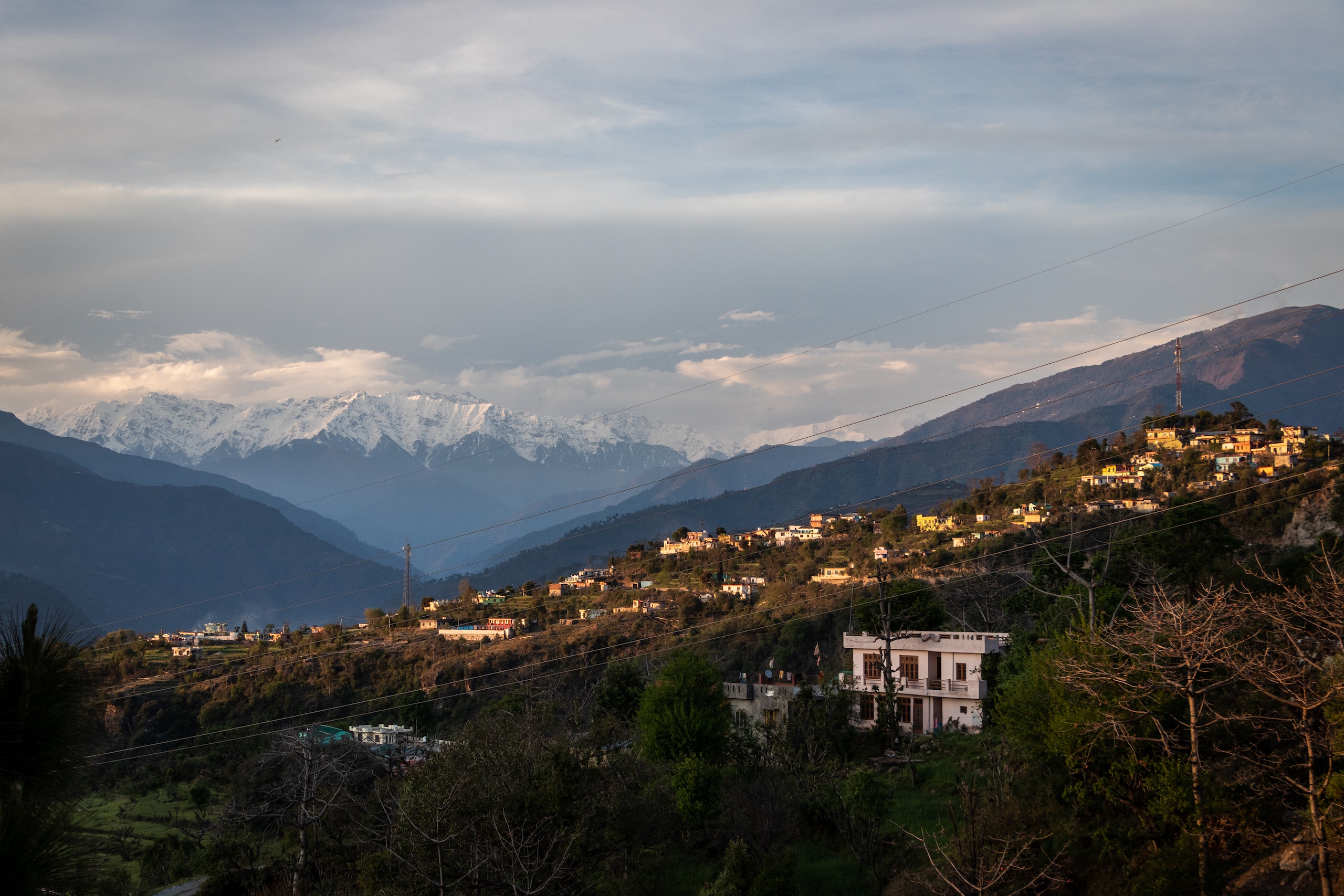
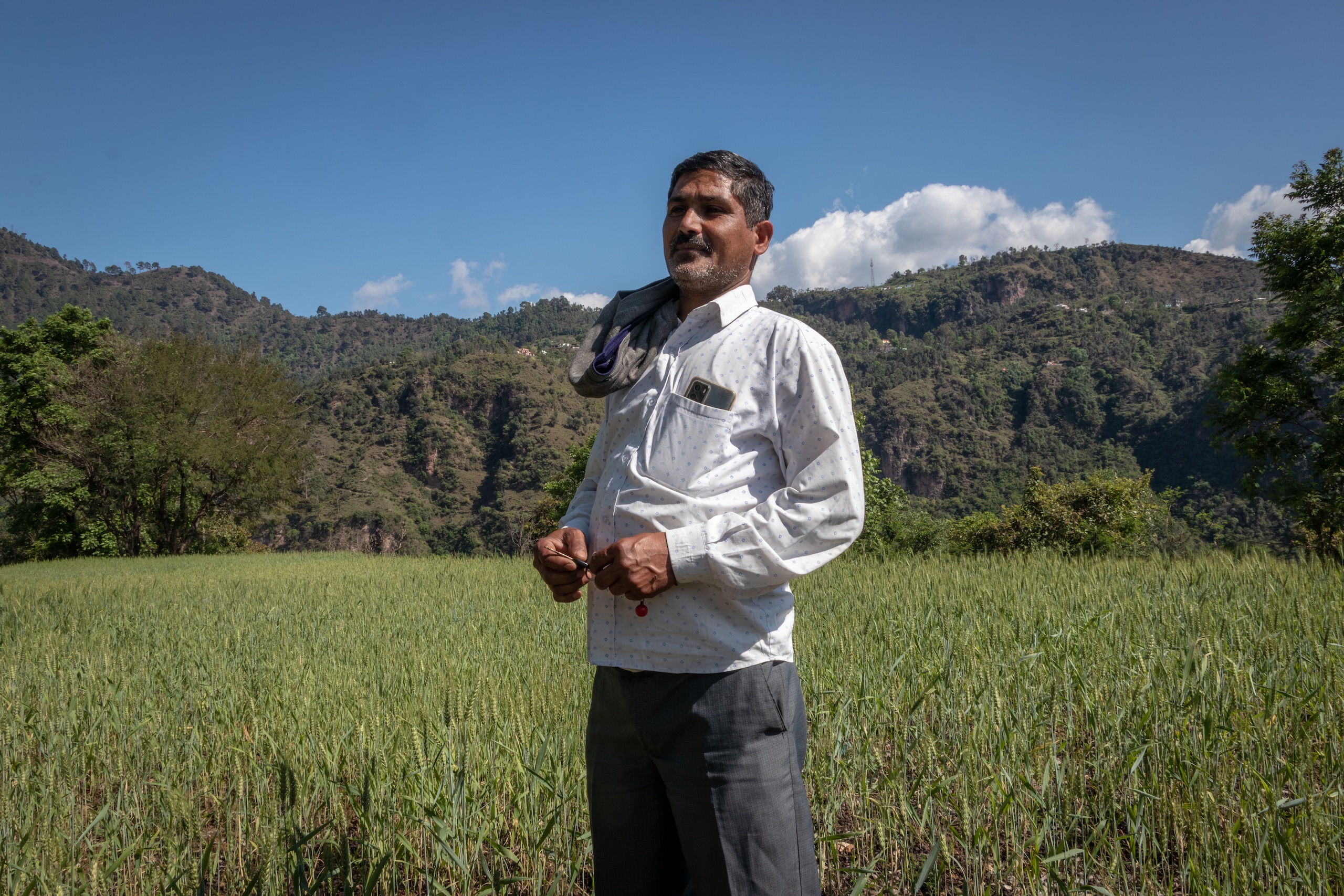
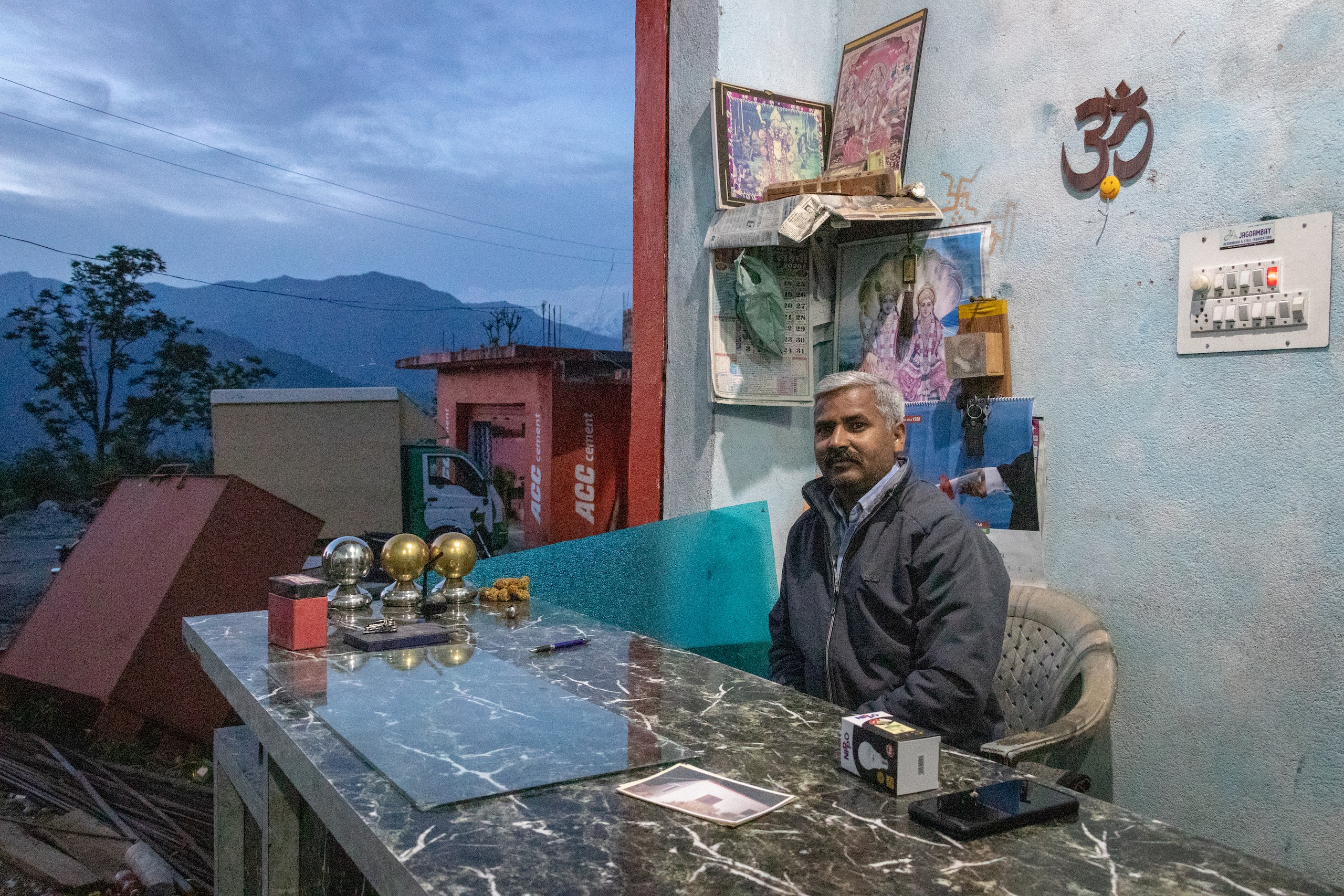
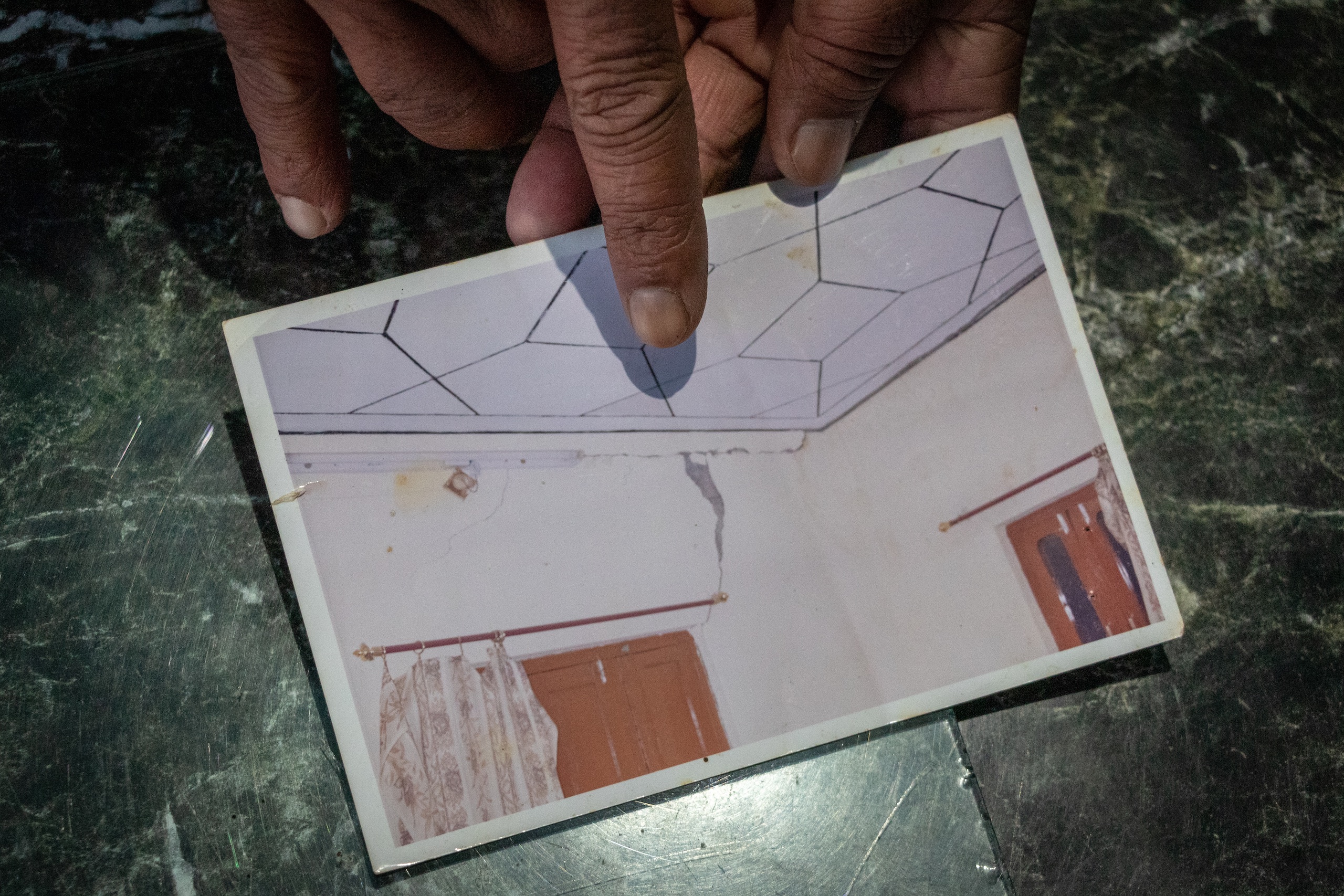

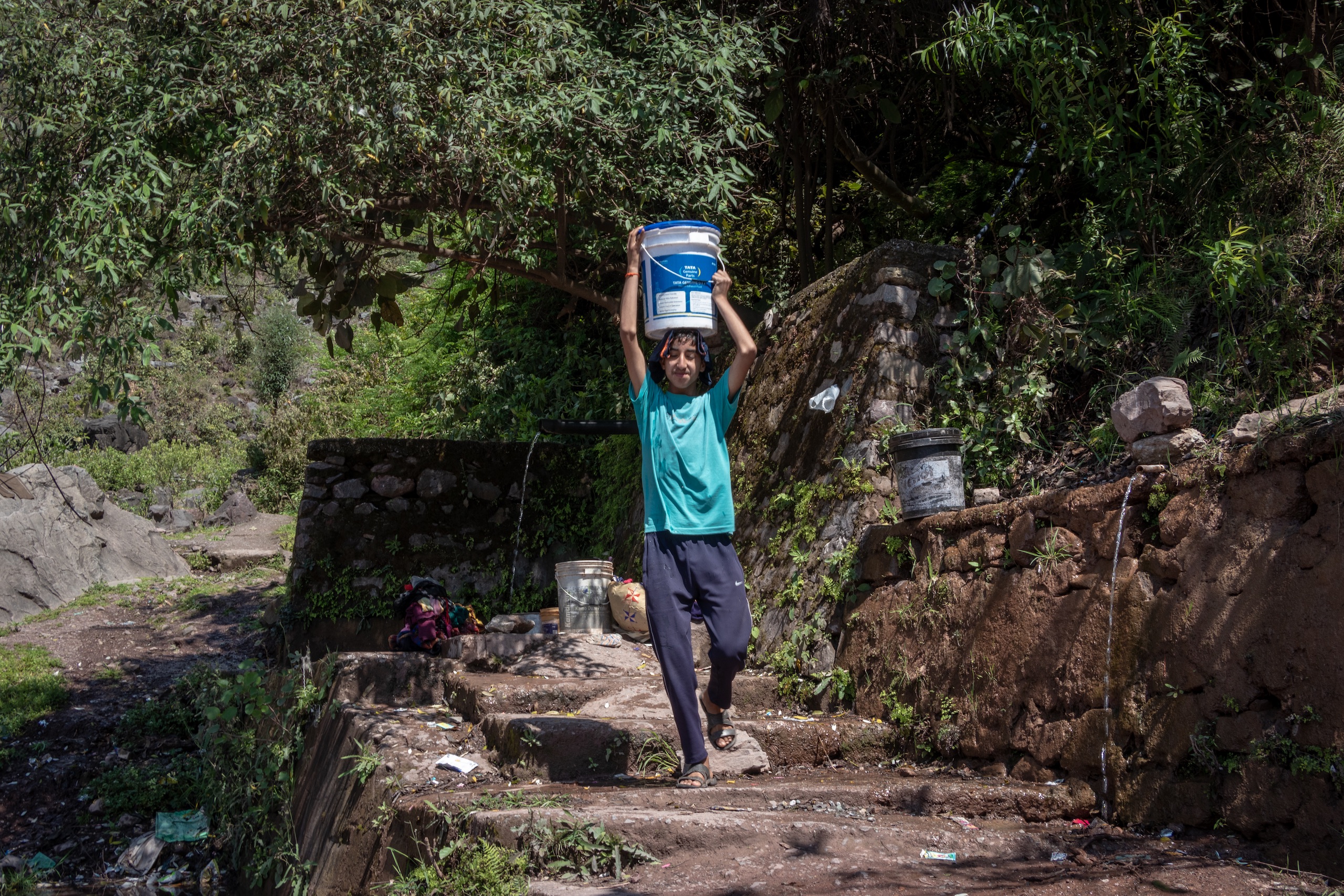

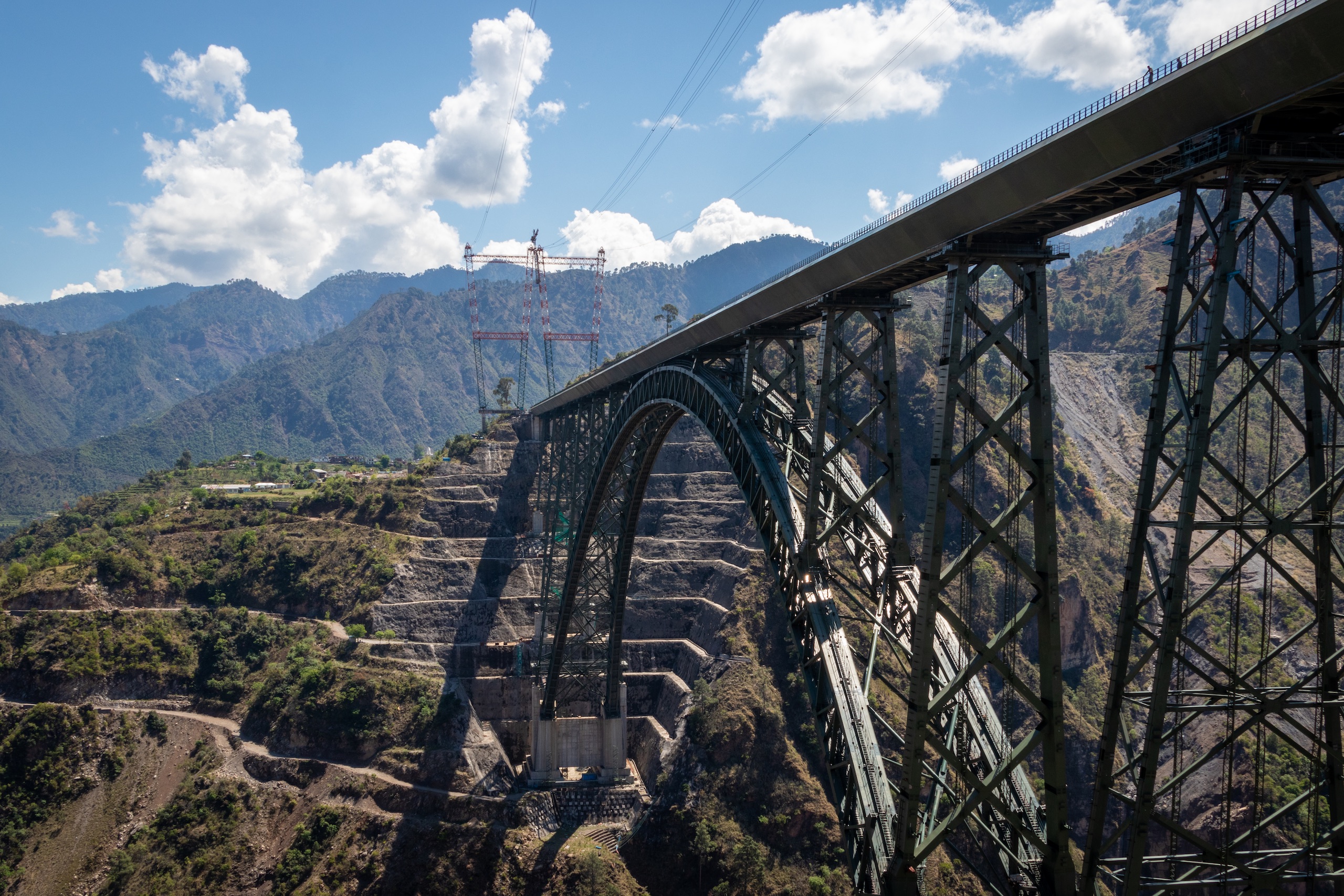

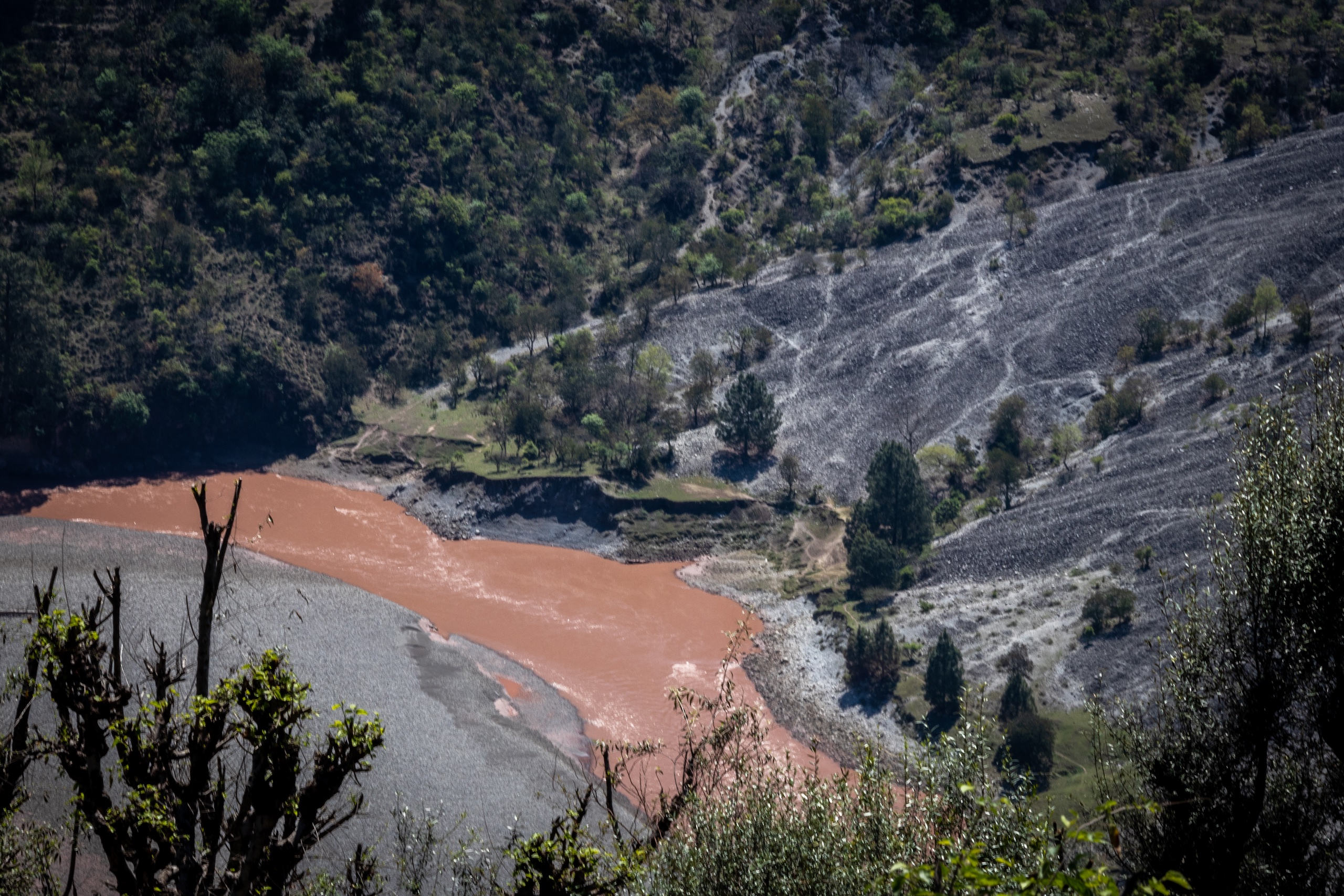
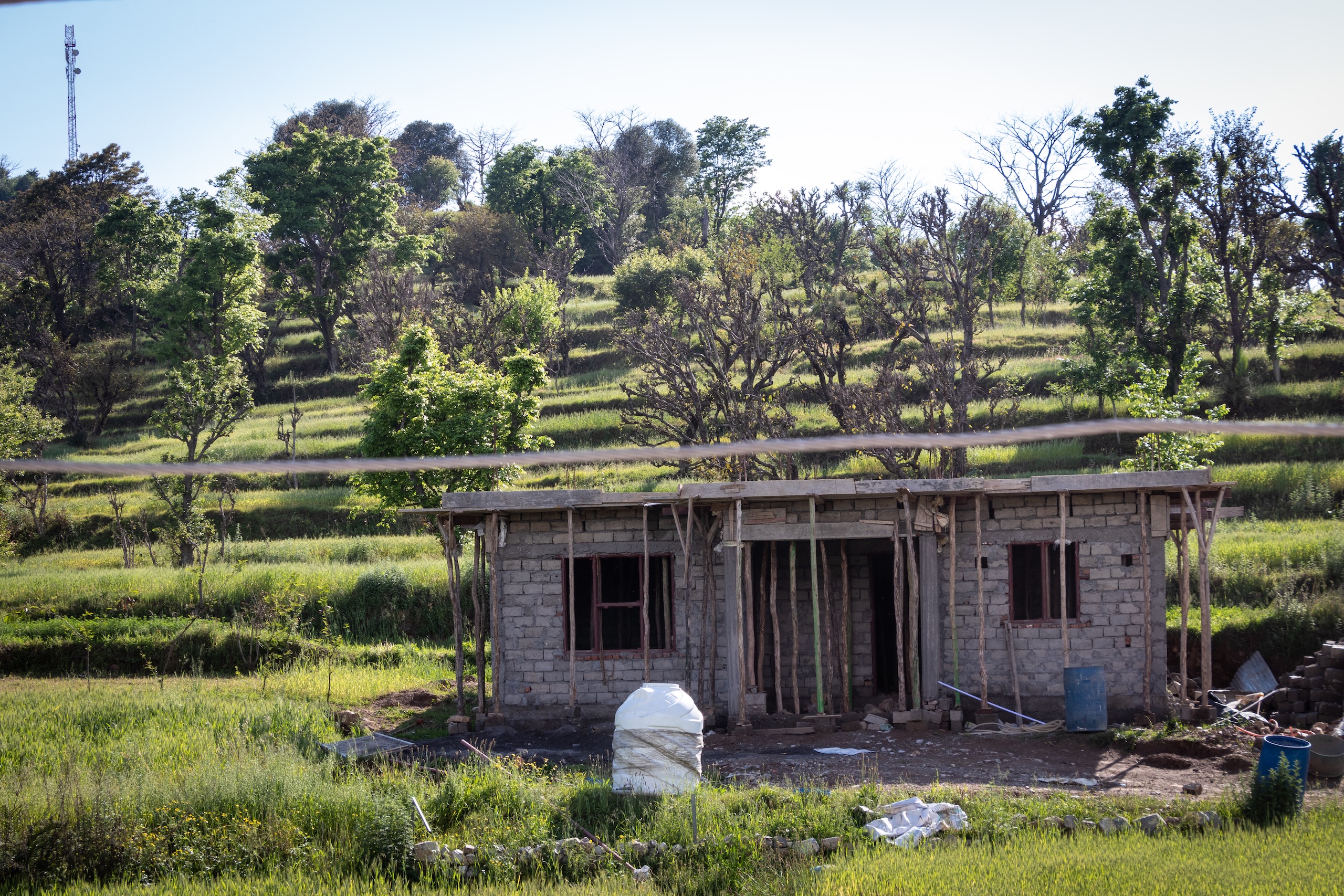
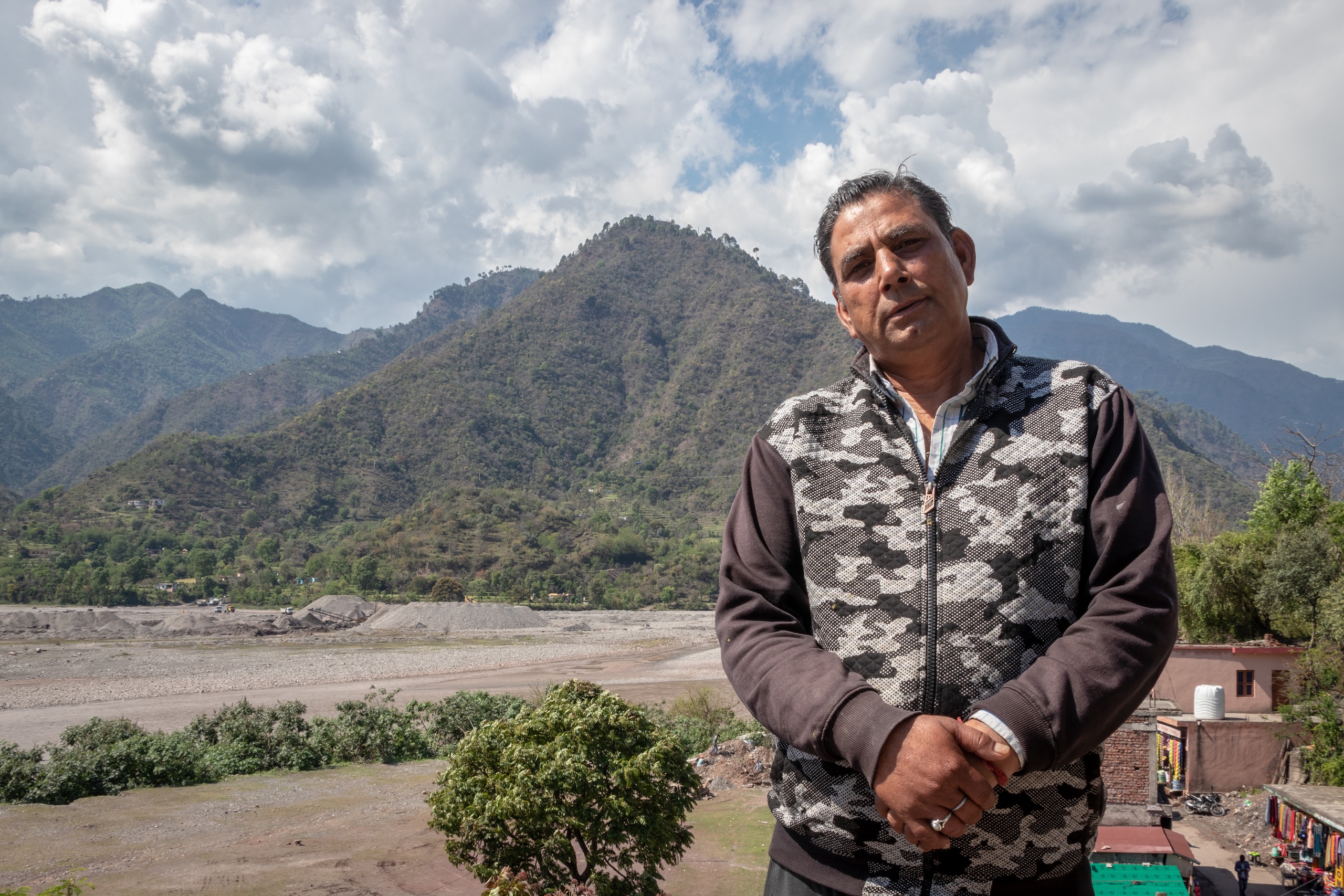
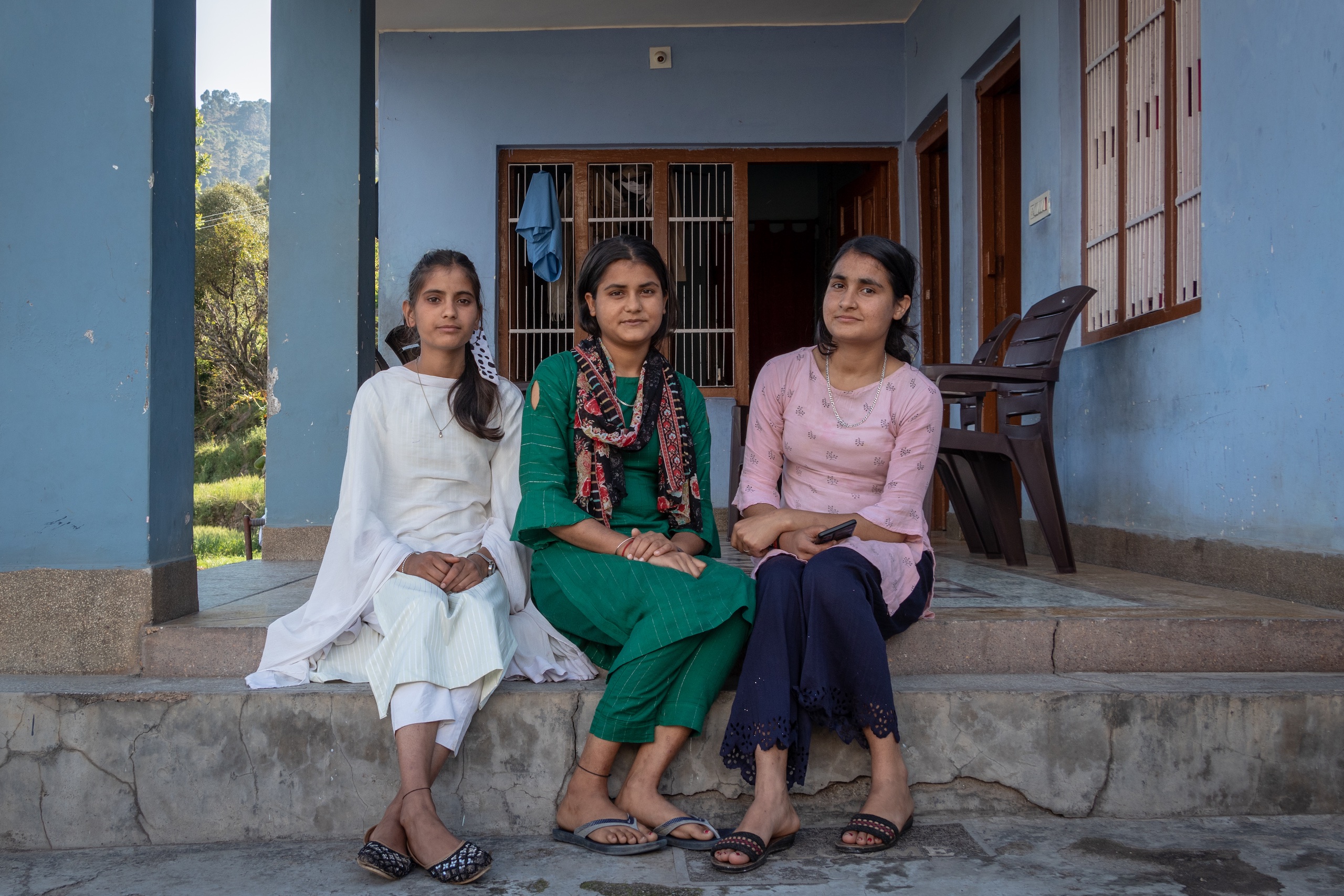
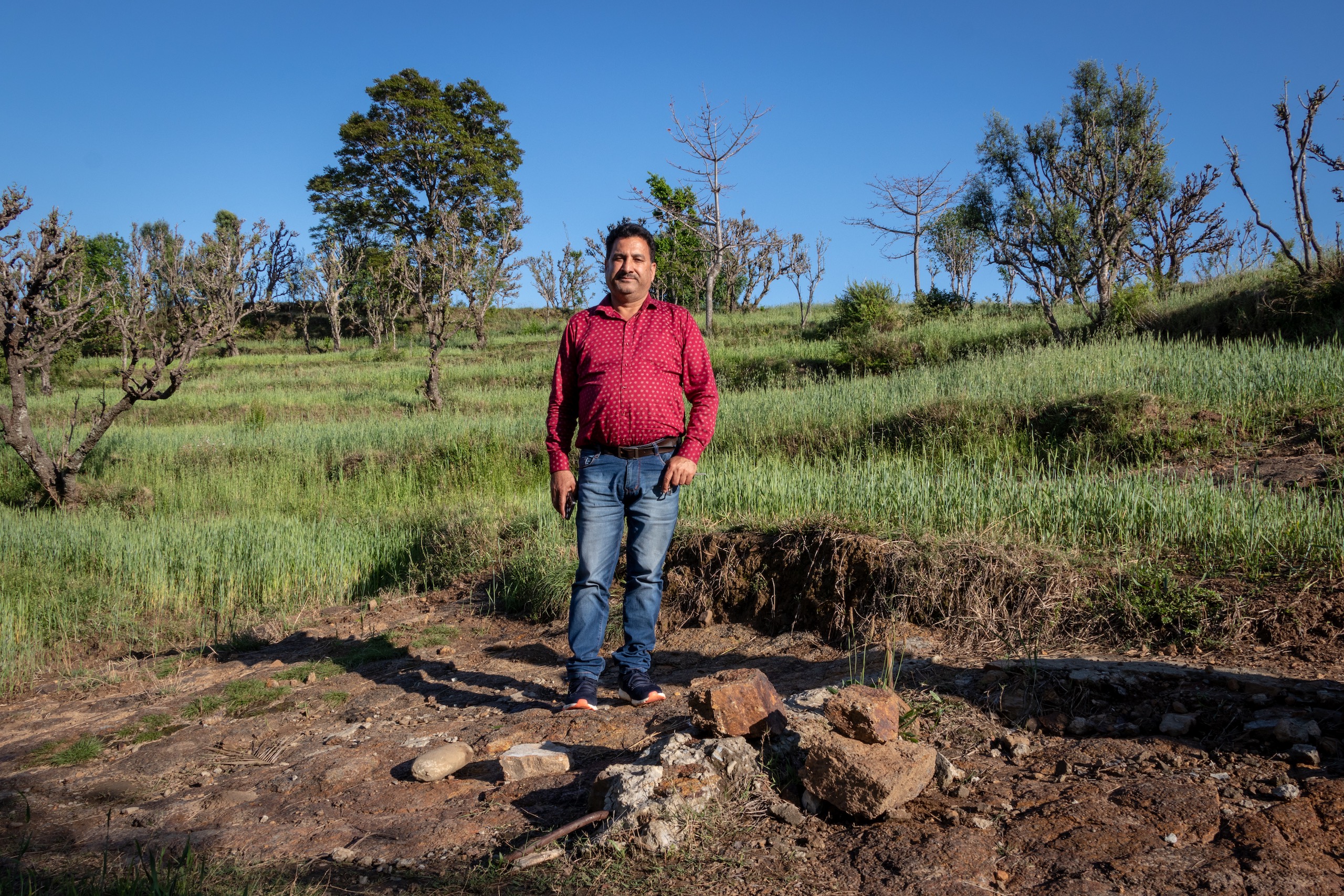


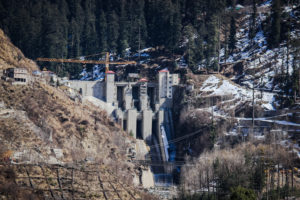
![Damaged house at Bhagirathi valley near Maneri Bhali hydroelectricity project during the 2013 floods in Uttarakhand [All images by: Sumit Mahar]](https://dialogue.earth/content/uploads/2020/07/Damged-house-at-Bhagirathi-valley-near-Maneri-Bhali-HEP-during-2013-floods.-PHOTO-CREDIT-Sumit-Mahar-300x200.jpg)
